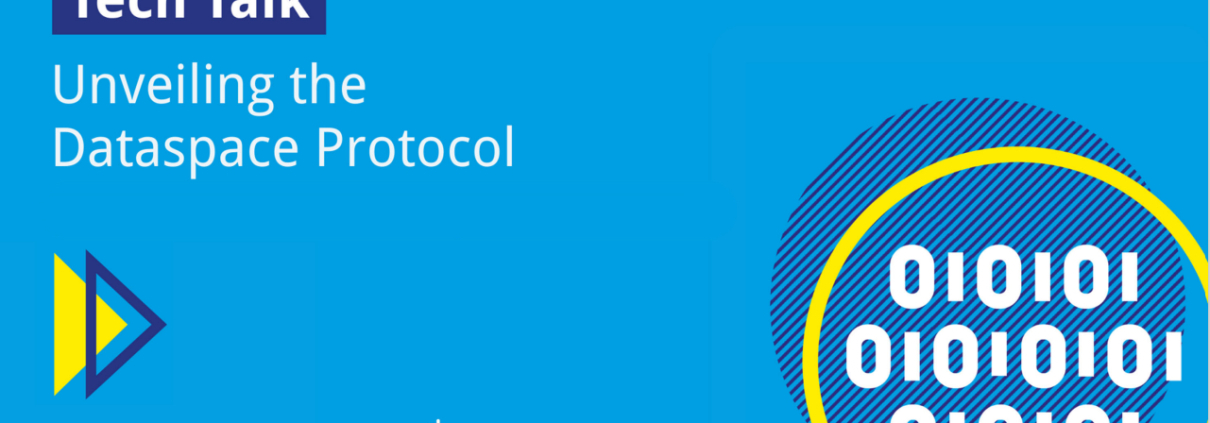A deep dive into IDSA’s Dataspace Protocol
This webinar presented the IDSA’s Dataspace Protocol, explaining its necessity, the most important functionalities, its current status, and the roadmap ahead.
The webinar, powered by numerous European projects, such as DaCapo, DISCO, or TANGO, boasted the expertise of IDSA’s CTO, Sebastian Steinbuss, who guided the attendees through the complexities of this innovative protocol.
International Data Spaces Association (IDSA)
IDSA, an alliance of over 140 forward-thinking organisations spanning various industries, envisions a future where data providers have true sovereignty and can unlock the full value of their data through secure, trusted, and equal partnerships. This not-for-profit coalition brings together companies, scientists, lawmakers, and stakeholders in a united effort to create a crucial technical standard.
Goals of the Dataspace Protocol
The three primary goals for the Dataspace Protocol were outlined during the session.
- Support modern data transfer requirements. The protocol aims to meet the demands of modern data transfer, including streaming and handling large datasets. This necessitates asynchronous messaging, enabling more dynamic and responsive data exchanges.
- Achieve interoperability in a dataspace. The vision is to create a data space where various components can seamlessly interact. Achieving interoperability involves mixing and matching dataspace components, ensuring a flexible and collaborative digital environment.
- Embody standards best practices. It was emphasised the importance of normative language and clear guidance on conformance. The technical interoperability of components depends on their adherence to the Dataspace Protocol specification. To ensure this, a verification test suite for all normative statements is in place.
Technical specification
The technical specification of the Dataspace Protocol adopts a methodology rooted in normative specifications and verification tests. Steinbuss emphasised the importance of not redefining existing standards but building upon them. The protocol is modularised to enable selective implementation, promoting adaptability and efficiency.
Built on established W3C standards, DCAT (Data Catalog Vocabulary), and ODRL (Open Digital Rights Language), the Dataspace Protocol integrates seamlessly with existing frameworks.
Why this is relevant for DATA CELLAR
The Dataspace Protocol’s emphasis on achieving interoperability, modularity, and secure data exchange aligns seamlessly with the objectives of DATA CELLAR.
As we deal with protecting EU data and recognise the pivotal role of energy communities in the EU energy transition, the principles embedded in the Dataspace Protocol resonate strongly with the vision of DATA CELLAR, paving the way for a more connected and sustainable data-sharing landscape.
As the Dataspace Protocol moves forward, the specification document is set to undergo a public review of V1 pre-release until the end of the year. IDSA, as a member of the Eclipse Foundation, is actively involved in preparing a new Eclipse specification project. This project consists of two essential components—a specification document and a Technology Compatibility Kit (TCK). The aim is to finalise the specification before the summer of 2024, marking a significant milestone in the journey towards a standardized and interoperable dataspace.
The IDSA Tech Talk not only unveiled a technical protocol but showcased a collaborative effort involving more than 140 organisations. The Dataspace Protocol is poised to redefine how we perceive and exchange data, offering a vision of true data sovereignty and realising the full value of data in secure, trusted partnerships.
Read all the details of the webinar and the Dataspace Protocol here.





